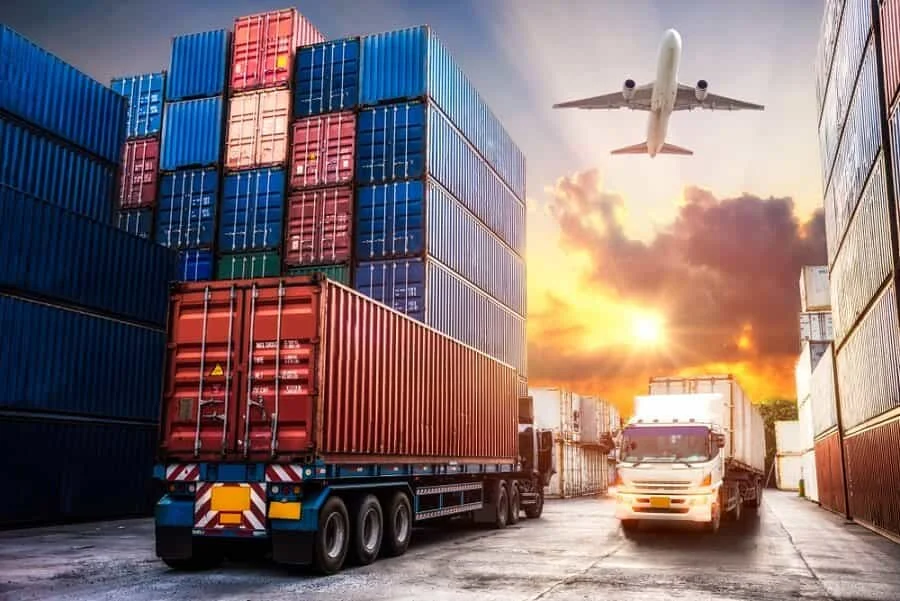A good public transport system is essential for any city or region to function effectively. It not only provides a convenient and affordable means of transportation for commuters but also helps reduce traffic congestion and air pollution. In this blog post, we will explore the key elements that make a public transport system successful.
- Accessibility
The first and foremost element of a good public transport system is accessibility. It should be easily accessible to everyone, regardless of their location or physical ability. This means having a well-connected network of routes and stops that cover all areas of the city or region. Additionally, the system should be designed to accommodate people with disabilities, such as wheelchair ramps and audio announcements.
- Affordability
Public transport should be affordable for everyone, regardless of their income level. A good system should offer a range of ticket options, including daily, weekly, and monthly passes, as well as discounts for students, seniors, and low-income earners. This not only makes it more accessible but also encourages people to use public transport instead of driving their cars.
- Reliability
A reliable public transport system is crucial for commuters who rely on it to get to work, school, or other important appointments. This means having a schedule that is adhered to, as well as a system that is well-maintained and regularly serviced. Additionally, real-time updates and alerts should be provided to passengers in case of any delays or disruptions.
- Safety and Security
Safety and security are paramount in any public transport system. This means having well-lit and monitored stations and stops, as well as trained staff who can respond to emergencies. Additionally, the system should be designed to prevent accidents and minimize the risk of crime, such as installing CCTV cameras and emergency call buttons.
- Sustainability
A good public transport system should also be sustainable, both environmentally and economically. This means using clean energy sources, such as electric or hybrid buses, and minimizing carbon emissions. Additionally, the system should be financially sustainable, with a funding model that is both efficient and effective.
In conclusion, a successful public transport system requires a combination of accessibility, affordability, reliability, safety and security, and sustainability. By prioritizing these key elements, cities and regions can create a system that not only meets the needs of commuters but also contributes to a more sustainable and livable environment.

More Stories
OHMIEX D9 Intelligent Riding System: Redefining the Intelligent Riding Communication System for B2B Markets
Контроль качества товаров в Китае: полное руководство
kfc